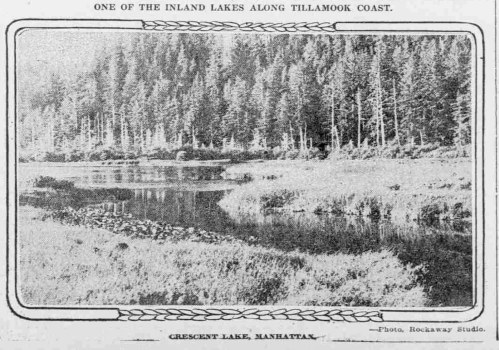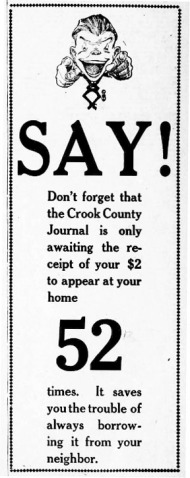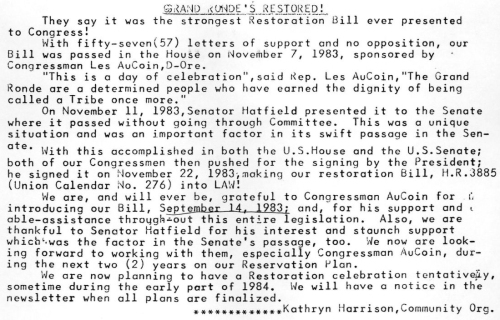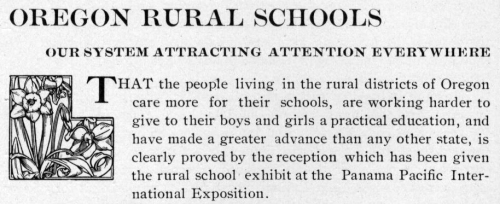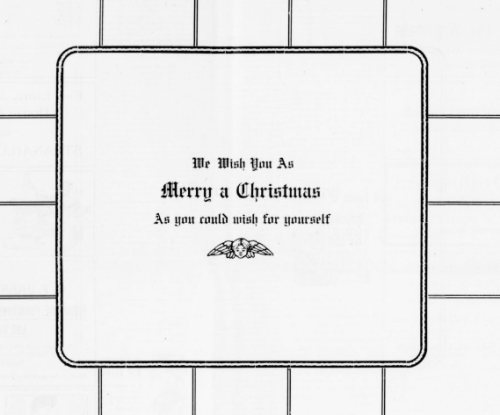Oregon has long been a popular destination for those seeking warm-weather recreation. With seemingly endless options set amid a landscape abundant in natural beauty, Oregon is a big draw for visitors from out of state in search of vacation fun and for Oregonians seeking a weekend (or week-long) escape from the day-to-day. As is evident from this article from the June 28, 1914, issue of the Sunday Oregonian, there is no shortage of “Vacation Haunts in Oregon.”
The Sunday Oregonian is the Sunday edition of the long-running Oregonian newspaper, which is the oldest continuously running newspaper on the West Coast and has been a major newspaper in Portland, Oregon, since 1850. First published on December 4, 1881, the Sunday Oregonian has striven to print news of interest to those in Multnomah County, Oregon, and far beyond. Such news of interest includes what to do, and where to sojourn, in Oregon in the summertime. The aforementioned “Vacation Haunts in Oregon” article published in the Sunday Oregonian suggests a plethora of options for summer vacation in the state, from “an outing on the beach,” to “boating or canoeing,” to “trout fishing,” to “running about through mountains and forest,” to “camp[ing] or liv[ing] in rented tent houses or small seaside cottages.”
Speaking of seaside cottages…
Another article, published in the July 4, 1920, edition of the Sunday Oregonian, points the way to summertime destinations (and doings) in Seaside, Oregon, a historic summer resort area and longtime beach vacation destination. The article, titled “News of the Resorts,” extensively reports on the Oregon families who were summering in beach cottages along the shore. Reporting on the Yost family, the article says:
“Idlewild” Cottage is being occupied this year by Mr. and Mrs. B. L. Yost, their parents and three children. The family were formerly from Portland, but have recently made their home in Vancouver. They have been at the coast two weeks.”
Also according to “News of the Resorts”:
The garden at Necanicum this year is just as beautiful as ever and can be enjoyed to the fullest extent from the sun parlor built last year. The hotel, which is in its twentieth year under Mrs. Damon’s management, is opening this season with Mrs. M. W. Cruise of Oregon Agricultural college in charge of the dining room. She has with her several co-eds from the domestic science department assisting.
“News of the Resorts” goes on to chronicle the opening of summer homes in Gearhart, Oregon; who’s who among the visitors inhabiting the cottages in Cannon Beach, Oregon; seasonal travelers to the seaside resort destination of Newport Beach, Oregon; as well as Fourth of July festivities, parties, and the opening of a new public restroom in Long Beach, Washington, thanks to the efforts of the Ladies’ Aid Society of Long Beach.
In addition, the “News of the Resorts” article features a photograph of Crescent Lake, a natural lake and recreational spot that has long been popular with those who enjoy fishing, swimming and sailing:
With such natural, picturesque attractions like Crescent Lake that invite all manner of outdoor warm-weather fun, summer in Oregon has a strong, undeniable lure that can be felt near and far. As the “Vacation Haunts in Oregon” article states:
All nature in Oregon invites the vacationist. That’s why Oregon is called “The Summer playground of the Northwest” and that also is the reason this state is drawing annually bigger crowds of tourists and vacationists from the East. The outing places are all here and they’re free. They lack artificiality and formality, holding still their original natural beauty and attractiveness.
So, in the words of the “Vacation Haunts in Oregon” piece, “now for your summer vacation. Dig out your fishing tackle, your big shoes, the old duck suit, your bathing trunks and the slouch hat and hit the trail. Nature, you will find, has had your comfort and pleasure in mind since last Summer and will be on hand as usual to greet you with big broad smiles whichever way you turn.” Happy summer (and enjoy the sun)!



